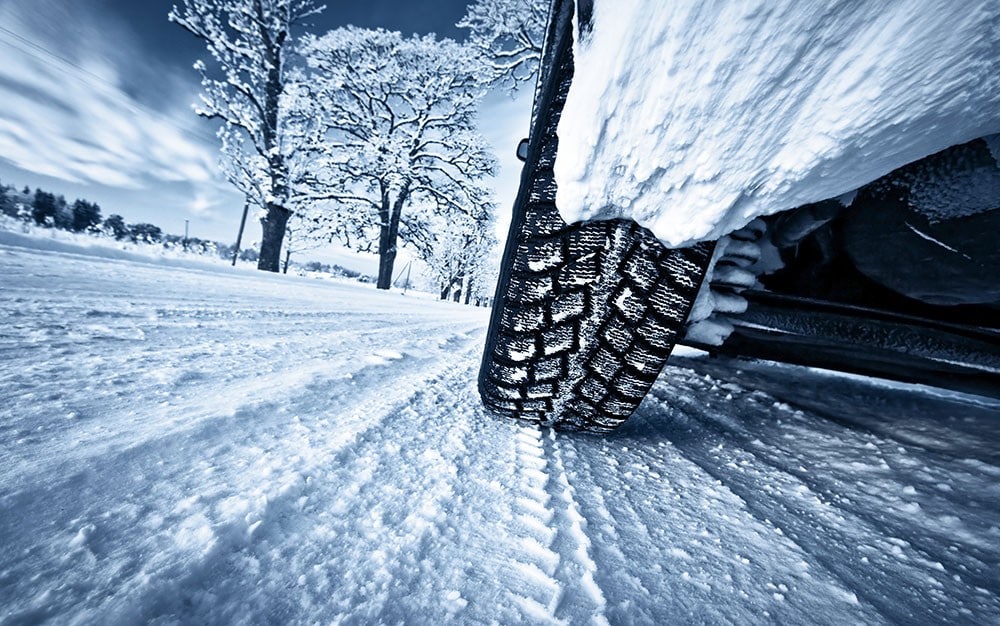
There are a variety of explanations for why winter tyres have become so important in the winter. Winter Tyres Bury St Edmunds have unique and flexible rubber compounds with distinct tread designs. This offers the optimum traction on snowy and icy roads. They perform best in freezing temperatures and during snowfall, giving driver’s strength and confidence in vulnerable situations.
However, whereas these tyres are indisputable champions in colder areas, those same characteristics cause a lot of issues in warmer climates. To give grip on a dry surface lacking snow or ice, a tyre with biting edges isn’t required to
Winter Tyres are Made to Handle the Colder Weather
Many motorists feel that using winter tyres all year will save them money. Regrettably, this is completely false. Every tyre starts with a different rubber compound, each designed for a specific temperature. The flexible tread of the winter tyres is all just below the freezing point. Winter compound tyres feature a higher number of sipes and softer compound tread blocks compared to summer compound tyres. This also has a large number of smooth tyre blocks for maximum surface area grip. The design of these strong-siped, flexible blocks is for usage in erratic snowy or icy conditions. However, not on consistently warm and dry ground.
Warm Roads are not Good for Winter Tyres.
On heated tarmac, a winter tyre’s soft tread wears out faster. The purpose of the rubber composition of the tyre is to remain soft and malleable even when temperatures drop below 7 degrees Celsius. It’s great for reducing the harmful effects of chilly temperatures and providing grip in the cold.
However, if you use a pair of winter tyres all year, the very same soft tread will wear out faster in increasing temperature. It can shorten the life span by as much as 60percent. There’s a decent possibility you ought to change them sooner if you’d just switched to summer tyres just at the start of the springtime.
Issues Of Handling And Safety
You’re in for some major trouble if you have to make a quick turn or use rapid brakes. In the summer, turning or applying quick brakes on winter tyres is a poor decision. The reason for this is that winter tyres don’t adapt to the vehicle as well as summer or even all-season tyres.
Furthermore, winter tyres require a longer distance to stop a vehicle. As a result, if you need to apply quick brakes, you’re more capable of hitting the vehicle in front of you. In the summertime, the braking distance of winter tyres increases by 10percent to 26percent. Dry roads receive 10percent of the vote, while rainy roads receive 26percent. Take a tread that is progressively deteriorating; the braking distance will surely increase. Similarly, the absence of steering reaction would be more noticeable.
In Hot Weather, Winter Tyres Wear Quickly.
Winter tyres have sensitive tread compounds designed for winter use; in hot summer temperatures, they produce an excessive amount of heat, increasing the winter tyre’s overall heat load. The tread transfers to the tyre framework when it becomes too hot. As a result, there are concerns about long-term viability. In the worst-case situation, the tyre components may separate, causing the structure to collapse. This would cause the tyre to blow out.
In hot weather, winter tyres tend to wear down faster, resulting in an irregular ragged pattern on the treads. The jagged tread causes vibration and noise. Constant vibrations are bad for the suspensions and bearings, thus this could lead to vehicle problems in addition to an unpleasant driving experience. If stones build in the vacant stud holes of a tyre with the studs removed, the tyre may burst due to quicker wear. If the stones pass through the steel belt bundle within the tyre, they may cause serious damage.
Efficiency Of Fuel
Another reason is that you should not install winter tyres in the summer because of the effect they have on the vehicle’s fuel economy. The rolling resistance of the tyre has a direct relationship with fuel efficiency. The higher the fuel economy, the lesser the rolling resistance. However, if the rolling resistance is larger, the amount of fuel utilized will be higher as well.
On summer roads, winter tyres have a significantly greater rolling resistance. As a result, you’ll pay significantly more for gas than you do if you’re driving on summer or all-season tyres.
Legality
It is prohibited to use summer or all-season tyres during winter months, in several countries. Certain countries even fine you for not using winter tyres in extreme snow. Using winter Car Tyres Bury St Edmunds, in several nations, during the summer is also prohibited. As a result, you need to use different tyres for every season. It will assist you in avoiding fines and remaining legal.







